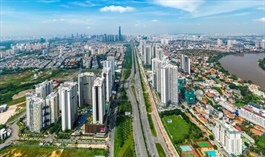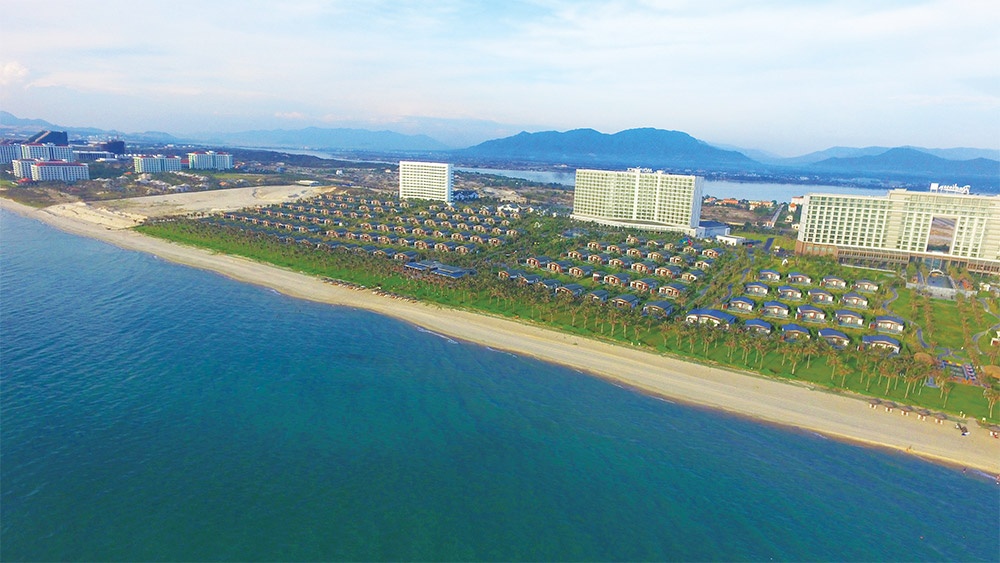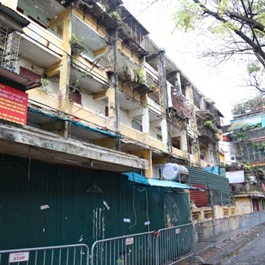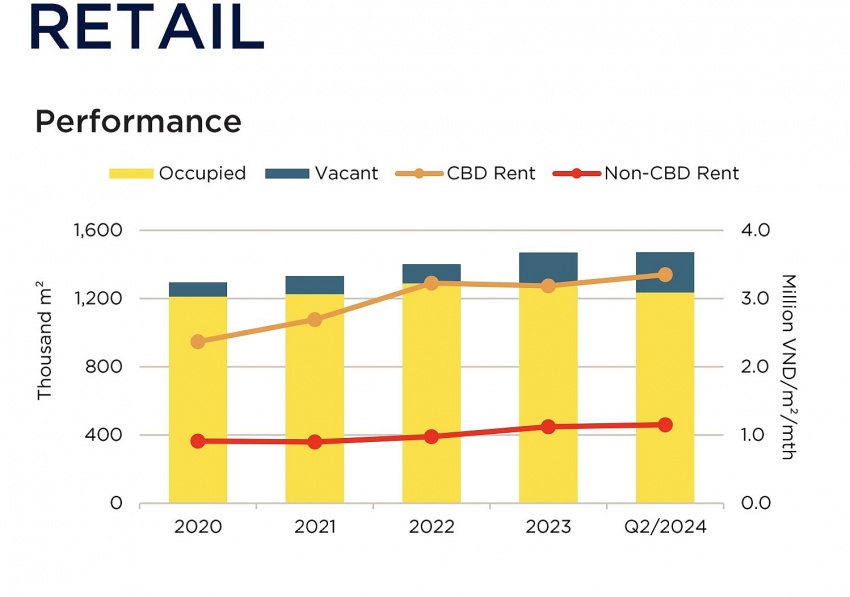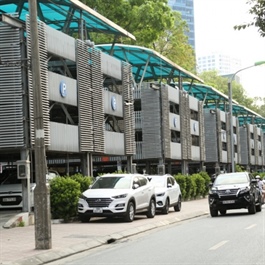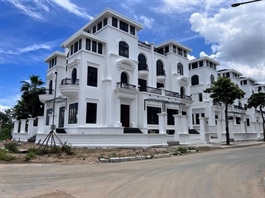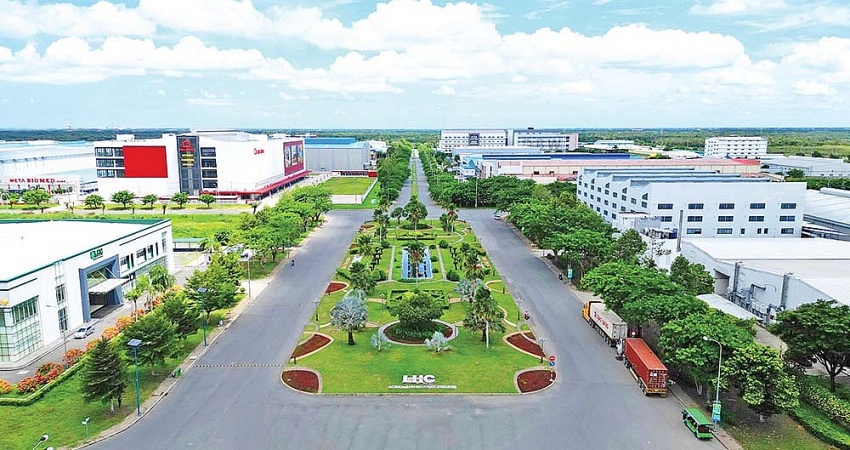Vietnam's industrial property sector to benefit from stable growth of FDI
Vietnam's industrial property sector to benefit from stable growth of FDI
Vietnam's industrial property segment is continuing to benefit directly from a steady increase in foreign direct investment (FDI), according to a report by ACB Securities (ACBS).
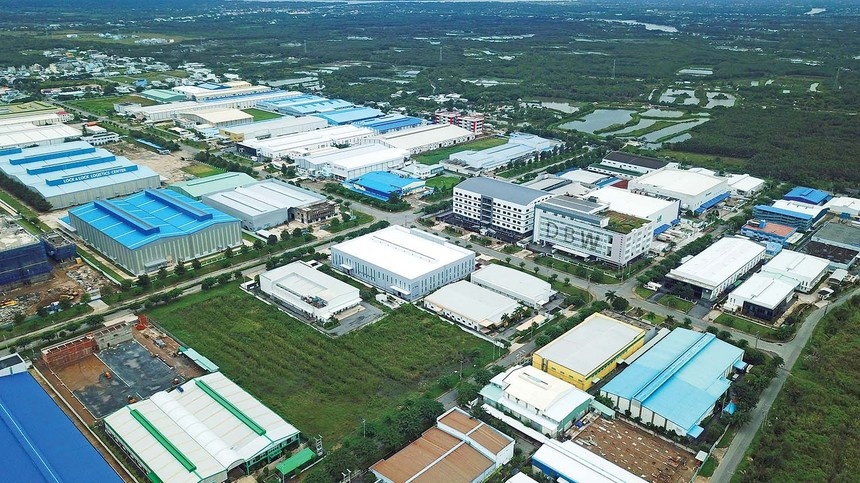
The report released on July 12 pointed out that industrial parks (IPs) and economic zones (EZs) account for 35-40 per cent of total annual registered FDI, or 70-80 per cent of annual registered FDI in the manufacturing sector. Meanwhile, industrial land rental fees for building a factory account for about 10 per cent of the total cost of an FDI project. Thus, the industrial property segment is expected to continue to benefit directly from stable growth of FDI.
In the first half of 2024, registered FDI reached $15.2 billion (up 13.1 per cent on-year) and disbursed FDI reached $10.8 billion (up 8.2 per cent). Bac Ninh rose to become the top province in the country for attracting registered FDI in the first half of 2024 thanks to Amkor's semiconductor material production project with additional investment of $1.07 billion.
By the end of June 2024, Vietnam had 429 established IPs with a total area of over 134,500 hectares. The industrial land market in Vietnam remains fragmented, with VSIP (a joint venture between Becamex owning 49 per cent and Sempcorp owning 51 per cent) continuing to lead with more than 7,500ha of industrial land and a market share of 5.6 per cent. Vietnam Rubber Group ranks second with over 7,000ha, accounting for a 5.2 per cent market share.
The report shows that the remaining land available for lease is limited, especially in the southern region, so companies are actively expanding their land banks. This is favouring companies with rubber plantations that are permitted to be converted into industrial land such as Vietnam Rubber Group (GVR) and Phuoc Hoa Rubber (PHR).
According to ACBS' statistics, among listed companies, Saigon VRG (SIP) has the largest remaining net leasable area (NLA) of over 1,000ha concentrated in Tay Ninh (772ha), Dong Nai (133ha) and Ho Chi Minh City (130ha). Next is Becamex (BCM) with the remaining NLA of 848ha in Binh Duong, and Viglacera (VGC) with 848ha.
In the first half of 2024, three listed companies were approved for new IPs. Viglacera (VGC) was approved to invest in Song Cong 2 IP in Thai Nguyen (296ha) and Doc Da Trang IP in Khanh Hoa (288ha), while GVR was approved to invest in Hiep Thanh IP - Phase 1 in Tay Ninh (495ha). IDICO (IDC) also received the green light to invest in Tan Phuoc 1 IP in Tien Giang (470ha).
According to CBRE, by the end of the second quarter of 2024, average land rental prices in the tier-1 market in the north (including Hanoi, Haiphong, Bac Ninh, Hung Yen and Hai Duong) reached $134 per square metre per remaining term (up 4.5 per cent year-on-year), while occupancy rate was 83 per cent, a slight increase compared to 82.6 per cent in the same period last year.
The tier-1 markets in the south (including Ho Chi Minh City, Binh Duong, Dong Nai and Long An) had an average land rental price of $173 per sq.m per remaining term (up one per cent year-on-year). Occupancy rate increased to 92 per cent compared to 85.5 per cent in the second quarter of 2023.
It is expected that land rental prices from 2024-2026 will continue to grow by 6-7 per cent per year in the north and 3-7 per cent in the south. New supply is gradually moving to tier-2 markets (Quang Ninh, Bac Giang, Vinh Phuc, Ha Nam, Thai Binh, Nam Dinh, Ba Ria-Vung Tau, Tay Ninh and Binh Phuoc) where there are lower rents and improved traffic connections to tier-1 markets thanks to ongoing and planned expressway and ring road projects.
The trend of developing smart and ecological IPs using renewable energy and better water and waste treatment systems will become increasingly popular as manufacturing corporations try to reduce emissions and save energy to meet their net-zero commitments.












